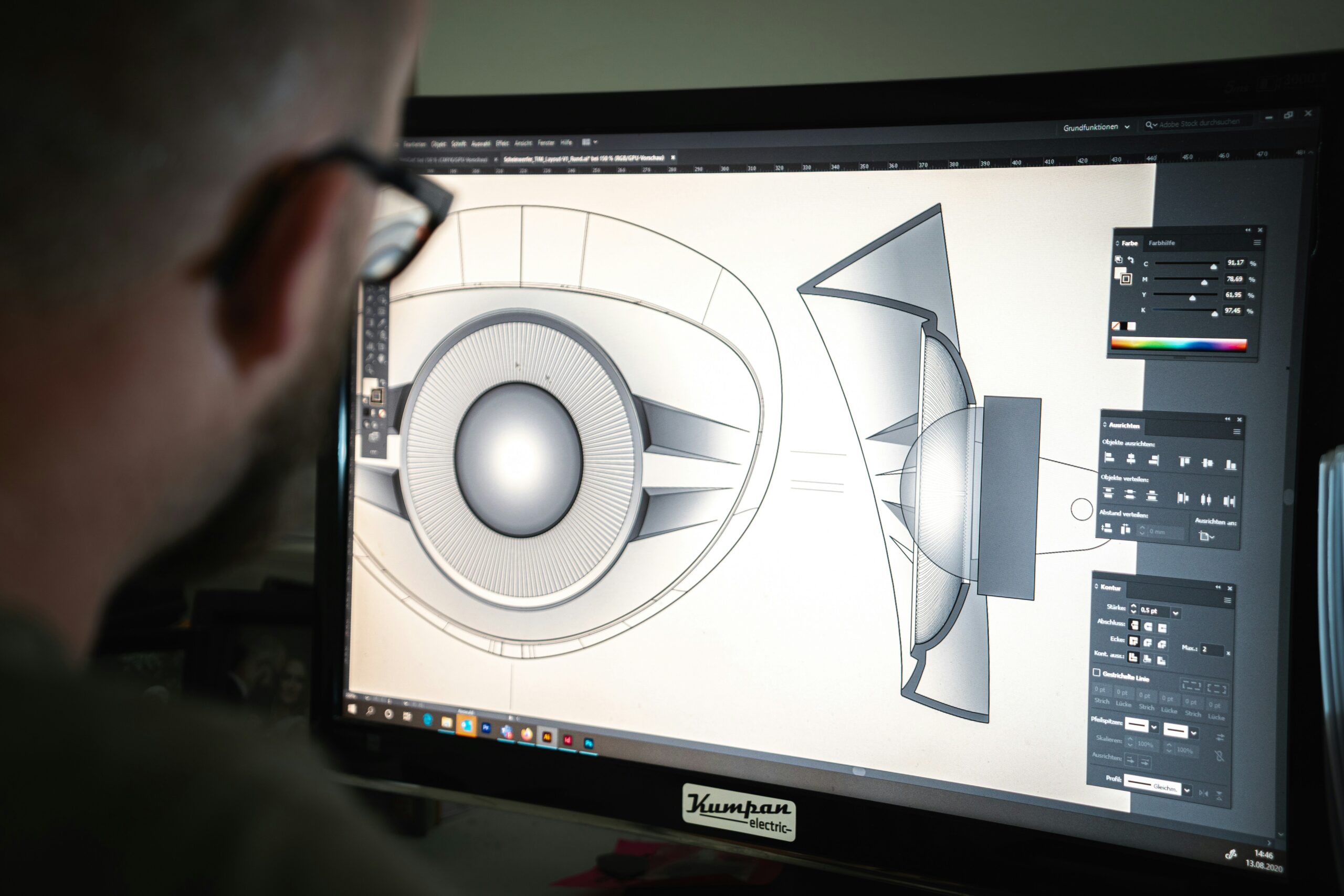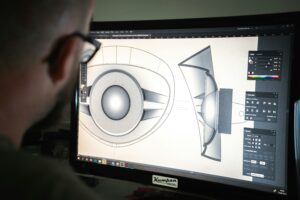Key Takeaways:
AEC workstations should be built for the specific programs your team actually uses.
- Balancing GPU, CPU, and storage is key to avoiding lag, crashes, and lost productivity.
- Hybrid setups are essential for remote and field-based work.
- Partnering with an IT provider who understands AEC workflows is a smart, strategic approach.
What if your top designers lost hours each week to crashes, lag, and file load times? In the architecture, engineering, and construction industries, even the smallest tech bottleneck can stall a multimillion-dollar project. That’s why your workstation setup matters.
Complex modeling, massive file sizes, and resource-heavy applications are standard for AEC firms. But building the right workstation setup isn’t as simple as buying the most expensive computer off the shelf. It’s a balancing act between performance, budget, scalability, and user needs. Getting it wrong can derail a project before it starts.
Whether you're designing in Revit or running large-scale simulations, your workstation can make or break your output. In this guide, we break down the key factors to consider when building or upgrading workstations for AEC teams.
5 Common Challenges When Setting Up AEC Workstations
1. Power vs. Cost
AEC applications like AutoCAD, Revit, and BIM 360 demand serious computing power, but there’s a fine line between what’s needed and what’s overkill. You don’t necessarily need the most expensive machine; you need one that’s built for the programs your team actually uses.
Think of it like buying a truck for work: you don’t choose the one with the biggest engine just because it’s powerful, you choose the one that fits the job. Overspending on flashy specs that won’t impact day-to-day work wastes budget. Underspending, on the other hand, can lead to lag, crashes, and frustrated teams. The goal is to find the right balance: enough power to support your team, without overspending on features you won’t use.
2. Choosing the Right GPU and CPU
Not all graphics cards (GPUs) and processors (CPUs) are created equal, and the wrong ones can seriously slow down your team. To put it simply, the CPU is your computer’s brain. It handles general tasks like running software, managing files, and processing commands. The GPU handles visuals. It’s what renders graphics, drawings, and 3D models, and it’s especially important for AEC programs like Revit, AutoCAD, and 3ds Max.
AEC workflows require precision over flash. You need graphics cards optimized for design and modeling and a CPU that can handle parallel processing, which means doing lots of complex tasks at the same time (like opening massive models or running real-time simulations).
Even a high-end machine can underperform if the hardware isn’t matched to AEC workloads. AEC firms should focus on hardware that’s purpose-built for tools like Revit and BIM, not just what looks powerful on paper.
3. Storage Speed vs. Capacity
AEC firms work with enormous files, including multi-gigabyte drawings, 3D models, and project documentation. Slow storage can drag down even the fastest machines. Solid-state drives (SSDs) offer the speed your team needs for active projects, but bulk storage is still essential for archives and backups. The smart solution? A hybrid setup that combines fast performance with affordable, large-scale storage.
4. Future-Proofing Without Overcommitting
Tech moves fast, and workstation needs may shift as project types evolve. But overinvesting in “future-proof” tech that won’t be used today ties up budget. The strategic move is to build flexible workstations that can scale as your firm grows. This might include modular components, devices that support memory expansion, or cloud-based tools that offload heavy workloads when needed.
5. Remote Work and Mobility
Post-pandemic, remote and hybrid work is here to stay. AEC professionals now expect to move seamlessly between the office, job site, and home without losing access or speed. That means firms need a dual setup: high-powered desktops for in-office work and mobile workstations or secure remote access for the field and on-the-go. The right setup ensures your team stays connected and efficient, no matter where the job takes them.
How to Build Smarter AEC Workstations
The best workstation strategy for an AEC firm isn’t one-size-fits-all—it’s built around your team’s real workflows, software needs, and future growth.
A thoughtful approach includes:
- Matching hardware to actual software demands
- Prioritizing hybrid setups for field and office use
- Planning for future upgrades without overspending today
Partnering with an IT provider who understands AEC-specific technology can help you avoid costly missteps and keep your teams productive across every phase of the job.
Need help designing workstations that keep your projects moving forward? Call 888-Menders to build a smarter, faster foundation for your AEC firm.


